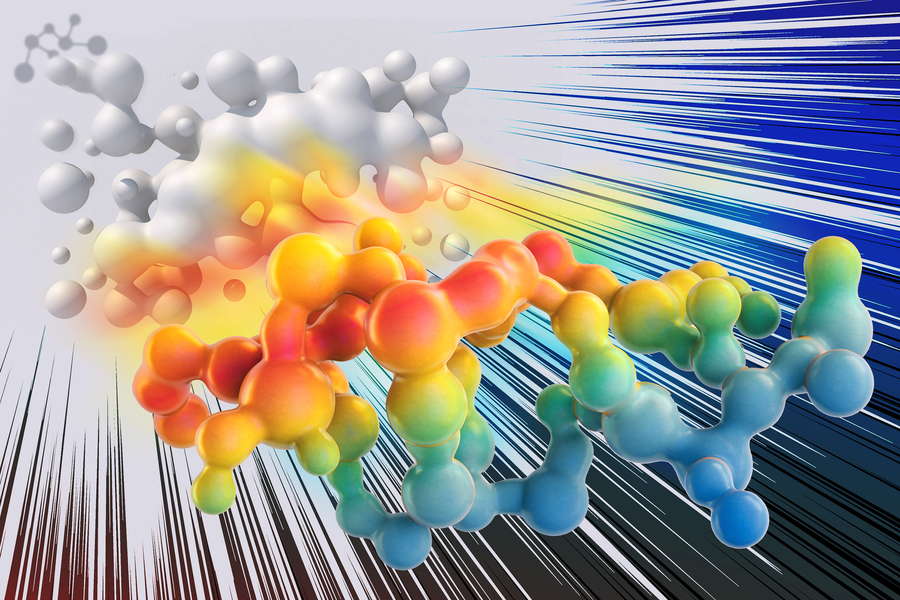•
April 4, 2024
•
5 mins
Hello, Niuralogists!
In the ever-evolving realm of artificial intelligence, this week's edition is committed to delivering the most recent breakthroughs. Our central focus is to analyze how these advancements impact different facets of our lives, including workplaces, businesses, policies, and personal experiences. In this issue, we will explore some updates such as the Open-Source AI Software Engineering Agent and the collaborative efforts of the UK and US to bolster AI safety testing.
For a more in-depth understanding, keep on reading...
Princeton NLP researchers have unveiled SWE-agent, an open-source innovation transforming GPT-4 into an AI software engineering agent proficient in autonomously addressing GitHub repository issues. Demonstrating comparable accuracy to the viral AI agent Devin, SWE-agent resolves 12.29% of problems independently, boasting an average task completion time of 93 seconds. Equipped with specialized terminal interaction capabilities, it navigates files, edits lines, and executes tests seamlessly. The emergence of SWE-agent alongside Devin signifies a significant advancement in autonomous coding agents, promising substantial productivity enhancements and highlighting the imperative for tech integration to remain competitive in the evolving landscape of software development.
The UK and US have signed an agreement to jointly develop stringent safety tests for advanced AI systems, aiming to ensure their secure deployment. The collaboration, led by the UK's AI Safety Institute and a forthcoming US counterpart, focuses on aligning scientific methodologies to evaluate cutting-edge AI models effectively. This partnership emphasizes mutual research exchange and aims to address emerging risks posed by AI technology while fostering trust and safety across various sectors.

Apple researchers have unveiled ReALM, a groundbreaking AI system showcased in a recent research paper, which demonstrates superior performance compared to GPT-4. ReALM is designed to comprehend on-screen tasks, conversational context, and background processes through a novel approach of converting screen information to text. By considering both the content displayed on the user's screen and active tasks, ReALM efficiently bypasses bulky image recognition parameters, facilitating on-device AI processing. Notably, despite having fewer parameters, Apple's larger ReALM models outperform GPT-4. An illustrative use case involves a seamless interaction with Siri, where users can command tasks based on on-screen information, such as initiating a call directly from a website. This advancement marks a significant stride in enhancing voice assistants' contextual awareness, promising a more intuitive and hands-free user experience in future Siri updates.
MIT researchers have developed a computational technique to streamline the engineering of proteins with desirable functions, such as fluorescent light emission, by predicting mutations that optimize protein performance. Traditionally, researchers iteratively mutate natural proteins to enhance their functionality, but this process can be labor-intensive and unpredictable. Leveraging a convolutional neural network trained on experimental data, the team created a "fitness landscape" that charts the potential fitness of protein variants. By smoothing out this landscape, they enabled the model to more efficiently navigate toward fitter proteins. This approach has been successfully applied to optimize proteins like green fluorescent protein (GFP) and the viral capsid of adeno-associated virus (AAV). The research, led by MIT scientists including Ila Fiete, Regina Barzilay, and Tommi Jaakkola, offers promising prospects for accelerating protein engineering for various applications, from neuroscience research to medical treatments.

xAI and Elon Musk have introduced Grok 1.5, the latest version of their open-source large language model, featuring enhanced reasoning abilities and an expanded context length of 128,000 tokens. Notable improvements in coding and mathematics have enabled Grok-1.5 to achieve impressive scores on various benchmarks, including MATH (50.6%), GSM8K (90%), and HumanEval (74.1%). The model will soon be accessible to early testers and existing users on the X platform. Speculation suggests that Grok-1.5 may incorporate an "Analysis" feature capable of summarizing entire threads and replies on X. With its competitive performance and potential real-time data utilization on X, Grok 1.5 stands as a formidable contender in the AI chatbot landscape, particularly if ongoing discussions with Midjourney materialize.
📬 Receive our amazing posts straight to your inbox. Get the latest news, company insights, and Niural updates.
In a comprehensive examination of technological impact on employment, MIT economist David Autor and his team have introduced innovative methods to quantify the effects of automation and augmentation on job loss and creation in the U.S. since 1940. By analyzing U.S. census data encompassing 35,000 job categories and leveraging natural language processing tools to study the text of U.S. patents, they have unveiled a nuanced understanding of technology's influence. Their research reveals that while technology has led to the automation of numerous job roles, it has also generated new tasks, with a notable acceleration in job replacement since 1980. The study sheds light on the complex interplay between technological advancement, demographic shifts, and societal needs, emphasizing the multifaceted nature of job evolution and the necessity for adaptive strategies in response to technological changes.
A recent study from the University of California San Diego sheds light on how neural networks learn, crucial for understanding AI systems. These networks, vital for advancements in various fields like finance and healthcare, have been opaque in their learning processes. However, researchers have developed a mathematical formula akin to an X-ray, revealing how neural networks detect relevant patterns in data, known as features, and make predictions. This breakthrough not only enhances our comprehension of AI decision-making but also opens avenues to build simpler, more efficient, and interpretable machine learning models. The findings, published in Science, suggest that by grasping the underlying mechanisms of neural networks, we can democratize AI, making it less computationally demanding and more transparent.
🐇 CodeRabbit is an automated code review tool with contextual feedback
🖼️ Living Images optimizes your website images with generative A/B testing
📊 RAFA is an AI Agents for personalized investment insights
🗃️ fynk creates, reviews, tracks, signs, and analyzes contracts
🎨 DoDoBoo transforms doodles into AI-generated art